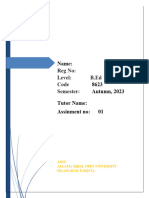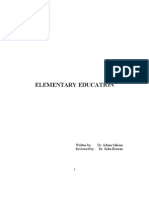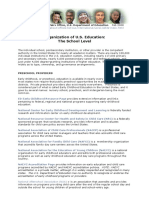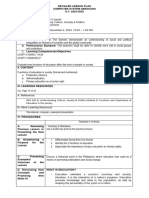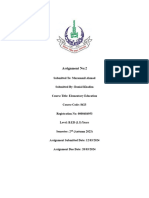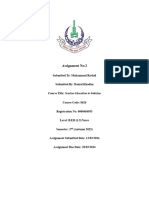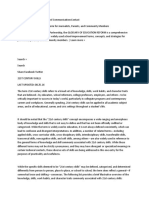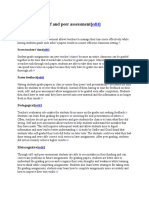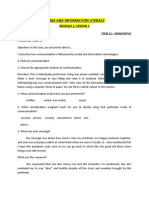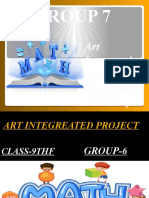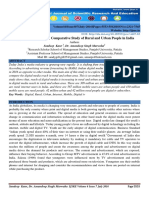0% found this document useful (0 votes)
95 views13 pages8623 Solved Assignment
The document contains an assignment submission for a B.Ed course. It includes the course details, assignment questions, and responses to three questions about elementary education in Pakistan. The responses discuss the aims and objectives of elementary education according to national policies, compare public and private elementary education, and explain how elementary education can help with students' emotional development.
Uploaded by
Danial KhadimCopyright
© © All Rights Reserved
We take content rights seriously. If you suspect this is your content, claim it here.
Available Formats
Download as PDF, TXT or read online on Scribd
0% found this document useful (0 votes)
95 views13 pages8623 Solved Assignment
The document contains an assignment submission for a B.Ed course. It includes the course details, assignment questions, and responses to three questions about elementary education in Pakistan. The responses discuss the aims and objectives of elementary education according to national policies, compare public and private elementary education, and explain how elementary education can help with students' emotional development.
Uploaded by
Danial KhadimCopyright
© © All Rights Reserved
We take content rights seriously. If you suspect this is your content, claim it here.
Available Formats
Download as PDF, TXT or read online on Scribd
/ 13
























